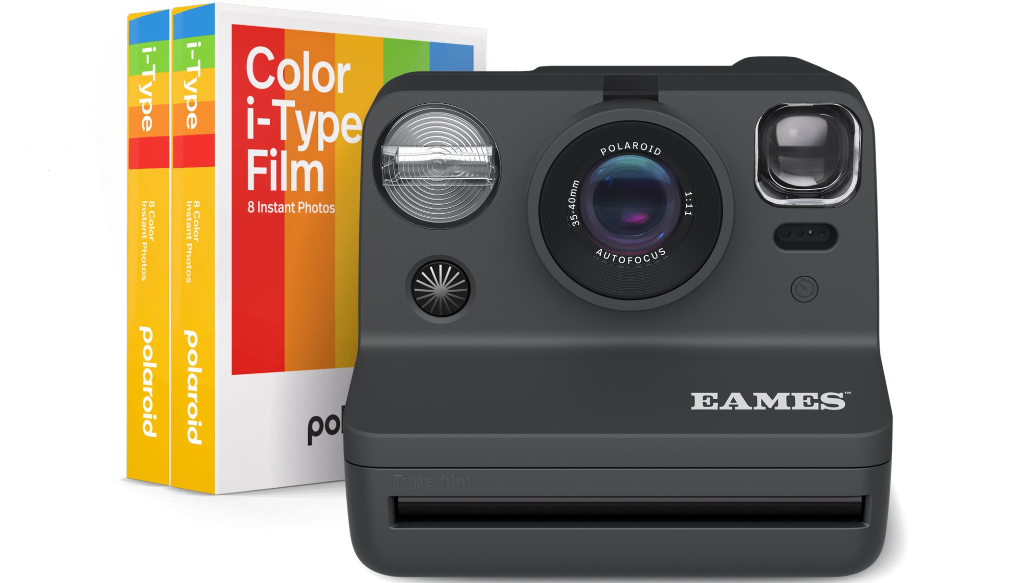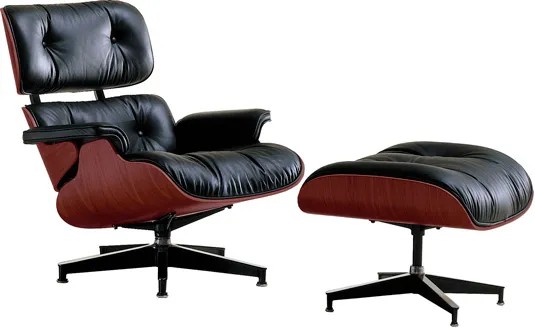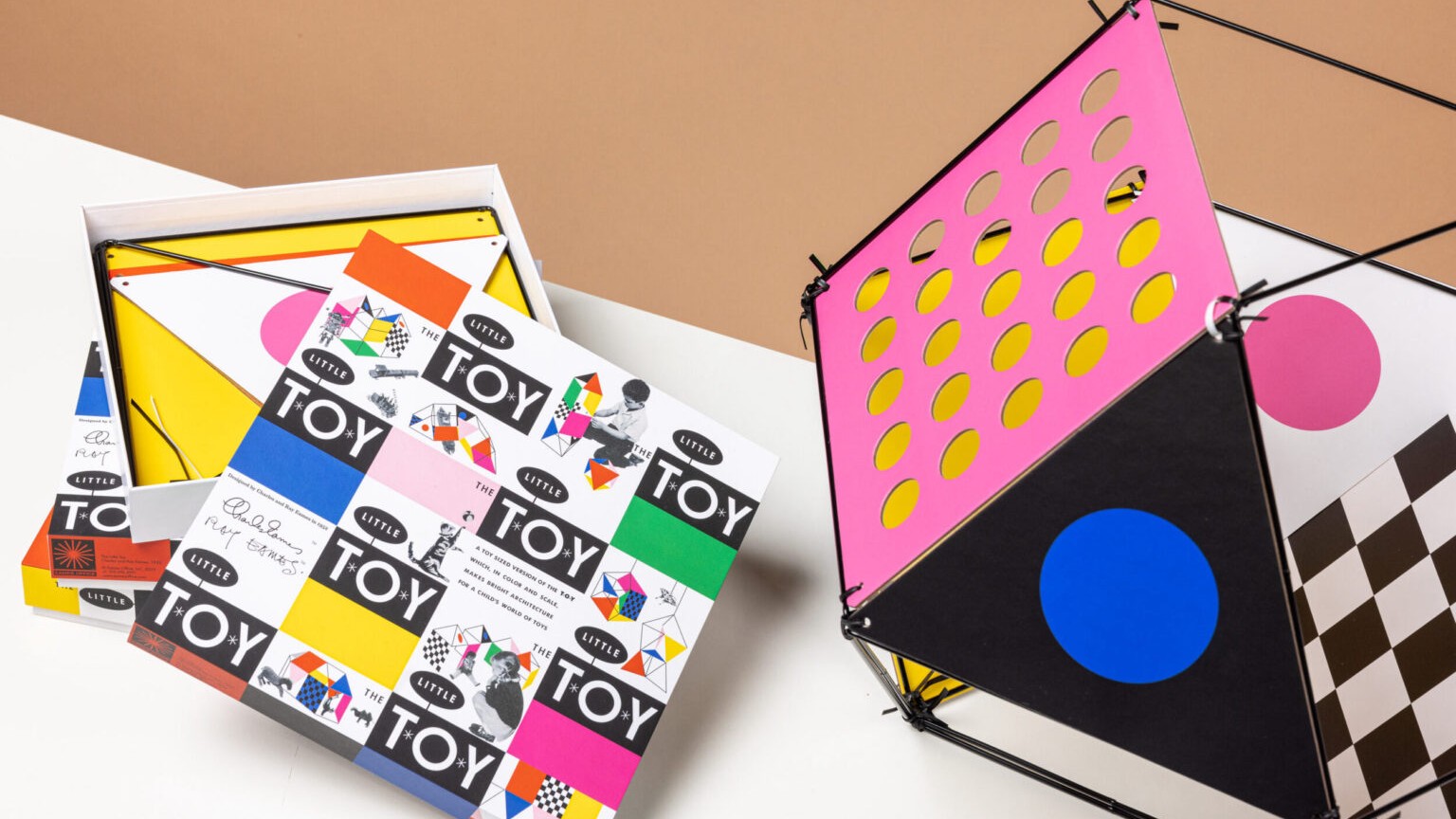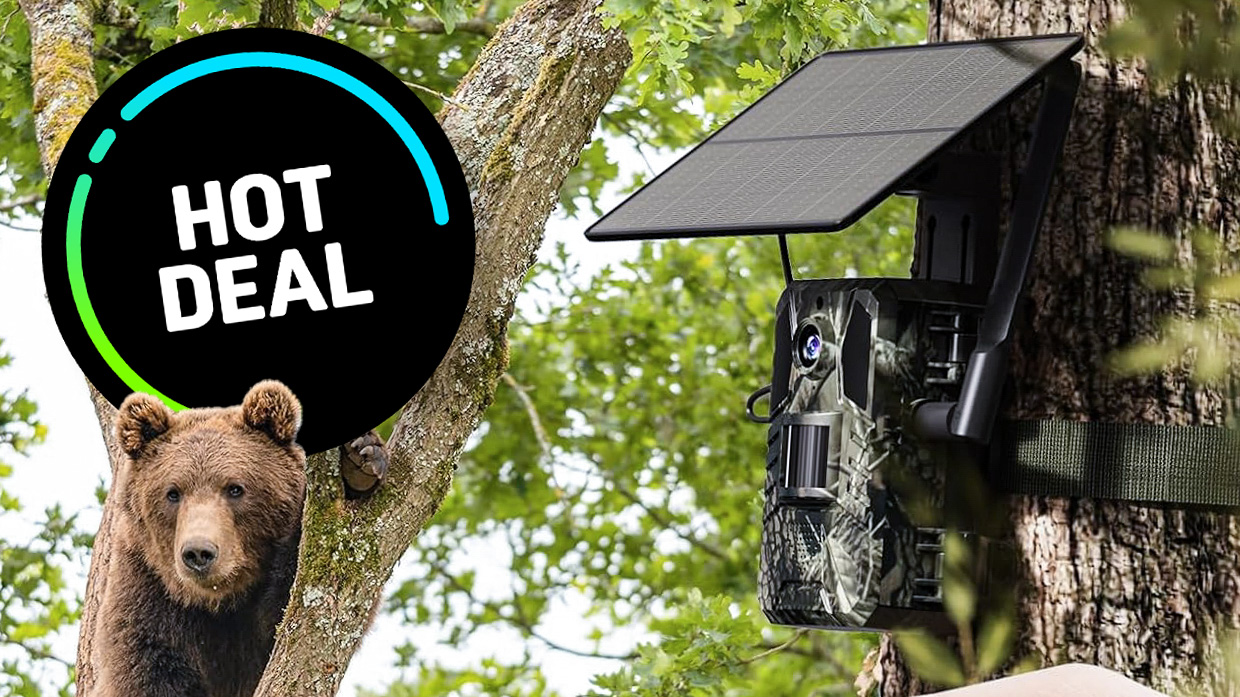
Polaroid is a textbook example of a vintage brand that keeps reinventing itself. While most firms involved with film have evaporated over the years, Polaroid has drawn on its reservoir of cool, retro associations and renewed itself through fresh digital versions of its once ubiquitous instant cameras.
It's helped that effort along through a series of inspired collaborations, with everyone from Jean-Michel Basquiat to MS Paint. And their latest partnership will strike a chord with anyone involved in the design world.
Because Eames is one of the most iconic names in that field, with Eames chairs being perhaps the most coveted (not to mention expensive) of all the designer chairs on the market today.
What's so special about Eames?
The company was founded in 1943 by Charles and Ray Eames. This married couple went on to be pivotal figures in American modern design, known for their groundbreaking contributions to architecture, furniture, industrial design, and manufacturing.
And it wasn't just that they designed cool stuff. Their innovative use of new materials and technologies, coupled with a philosophy that good design should be accessible to all, made them influential figures whose impact is still felt today.

Their most famous creations, including the Eames Lounge Chair and the molded plywood chair, remain highly sought-after pieces of furniture decades after their introduction. Their enduring popularity stems from a timeless aesthetic that seamlessly blends form and function, as well as the chairs' reputation for comfort and durability.
Polaroid are clearly now hoping some of the Eames design magic rubs off on their own, equally iconic brand in a new partnership.
Get the Digital Camera World Newsletter
The best camera deals, reviews, product advice, and unmissable photography news, direct to your inbox!
And it's not just a question of slapping the 'Eames' name on a camera and rushing it out. It's clear they've thought carefully about how to translate the Eames legacy into a modern product.
Aesthetic inspiration
Most fundamentally, the collaboration builds on a relationship between Polaroid and the Eames that dates back to the 1970s. During that era, Charles and Ray Eames created influential promotional campaigns for Polaroid, helping to position instant cameras (which were largely seen as a fun gimmick for consumers) as essential tools for artists and designers - and ensuring an iconic status for the Polaroid SX-70.
Consequently, The Polaroid Now Generation 2 - Eames Edition camera pays homage to both the design duo's aesthetic sensibilities and their historical connection to Polaroid.

Firstly, it comes in Elephant Hide Gray, a classic fiberglass shade closely associated with Eames designs. Secondly, a striking wrist strap incorporates geometric patterns inspired by the iconic Eames Toy: a large-scale building toy first designed almost 60 years ago. And thirdly, the Eames Office logo, which originally appeared on the back of their 1952 House of Cards, is reproduced on the camera's shutter button.
While a classic analog instant camera that's aesthetically rooted in mid-century design, the Polaroid Now Generation 2 - Eames Edition also incorporates modern technology. It boasts a self-timer, double exposure modes, a two-lens autofocusing system, and is made from 40% recycled materials. The camera is rechargeable via USB-C and compatible with both Polaroid i-Type and 600 Film.
The Polaroid Now Generation 2 - Eames Edition instant camera is available for $129.99 direct from the Polaroid website, or as a bundle with film and a Polaroid box for $149.99.
Check out our guide to the best instant cameras
Tom May is a freelance writer and editor specializing in art, photography, design and travel. He has been editor of Professional Photography magazine, associate editor at Creative Bloq, and deputy editor at net magazine. He has also worked for a wide range of mainstream titles including The Sun, Radio Times, NME, T3, Heat, Company and Bella.

